Jean Dubuffet (1901-1985) and Pierre André Benoit (1921-1993), Oreilles gardées [Alès: P.A. Benoit, 1962). One of 300 printed in black and white. Graphic Arts GAX 2010- in process.
The French poet and publisher Pierre-André Benoit (known as P.A.B., 1921-1993) lived and worked from Alès in the south of France. Artists either came to him or mailed their art to him (often simple sheets of celluloid scratched with a needle), to which he would add his own poetry and print limited editions for their friends.
Jean Dubuffet (1901-1985) and Benoit worked together on a number of projects, including Vache bleue dans une ville (with André Frénaud, 1944); Élégies (with Eugène Guillevic, 1946); Ler dla canpane (1948); La Lunette farcie: en l’honneur de P. A. Benoit (with François Delagénière, 1962); Oreilles gardées (1962); and Couinque (1963).
In the case of Oreilles gardées, Dubuffet was experimenting wildly with rubber stamps and lithographic plates (a transitional point at the beginning of his “hourloupe” period). Benoit was able to take Dubuffet’s originals and produce an equally wild, energetic, and self-consciously naïve book.
Deborah Wye, Museum of Modern Art, noted,
“It was not until he was forty-one, after a career in the wine business that Jean Dubuffet turned decisively to art and, during the next forty years he became a prolific painter, sculptor, printmaker, and experimental writer. With no systematic training, he railed against prevailing notions of good taste and official culture, preferring the spontaneous energy of graffiti and the art of children and the mentally ill. In postwar Paris, Dubuffet worked in a style called l’art brut, depicting fanciful figures in everyday activities that seem irrational, given his flattened perspectives, crude drawing, and unexpected juxtapositions.”See: Les Livres réalisés par P.A. Benoit, no. 413
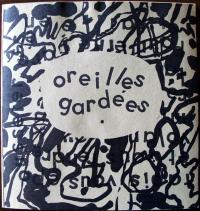
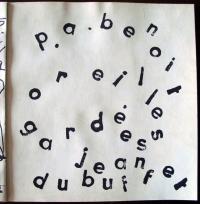
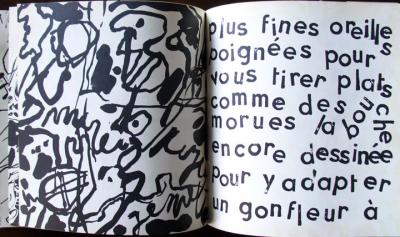
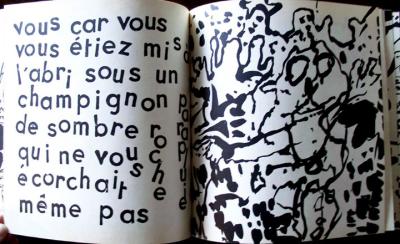
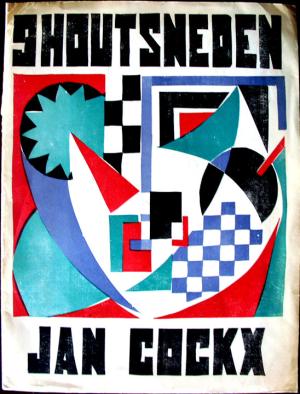
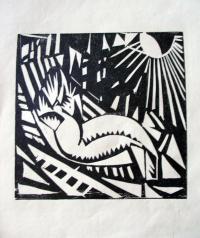
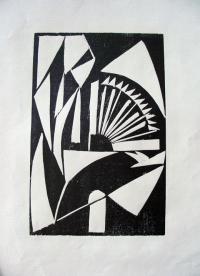
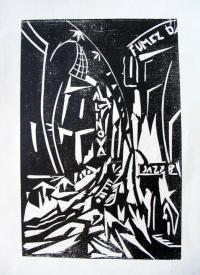
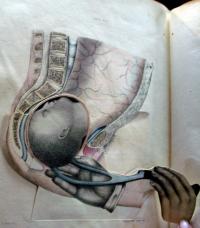
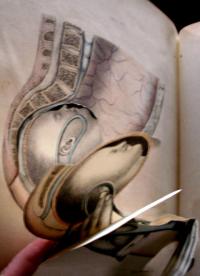
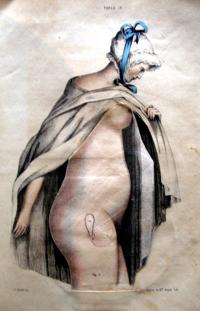
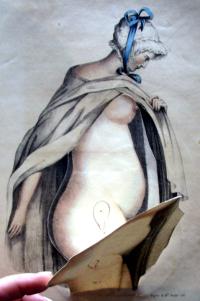
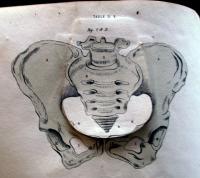
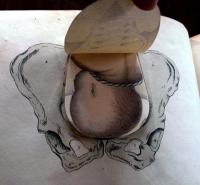
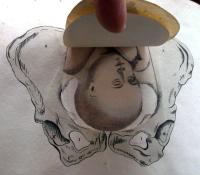
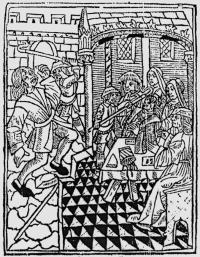
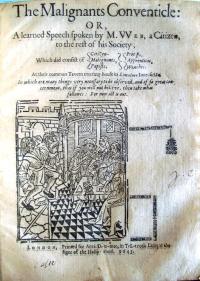
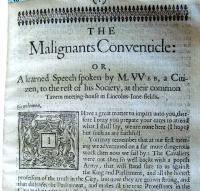
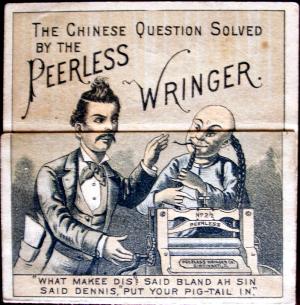
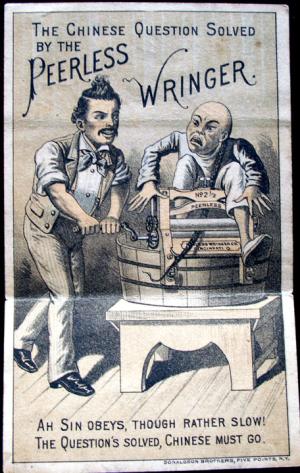
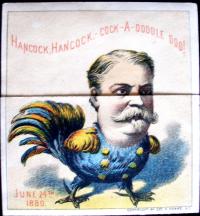
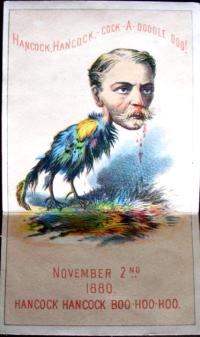
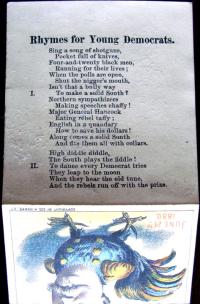
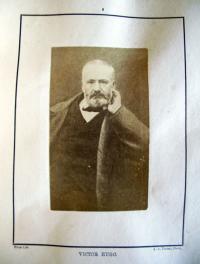
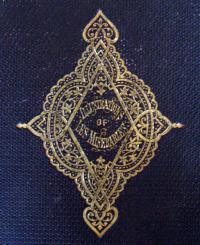
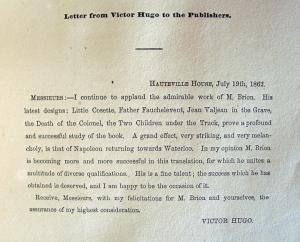
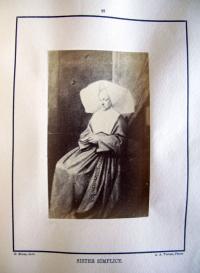
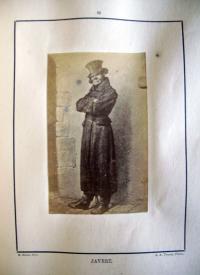
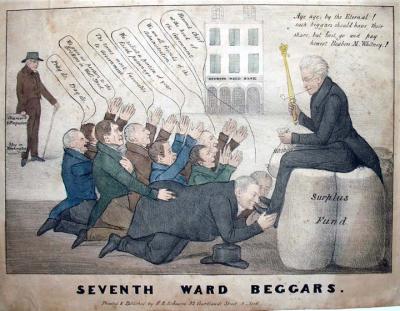
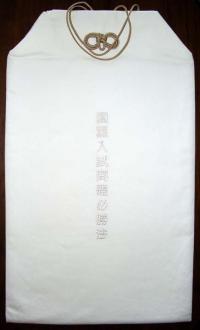
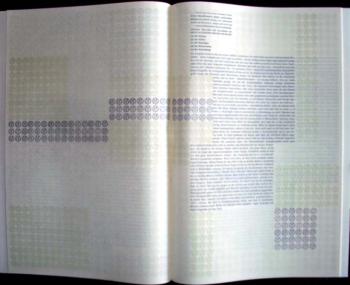
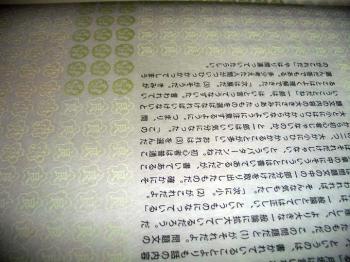
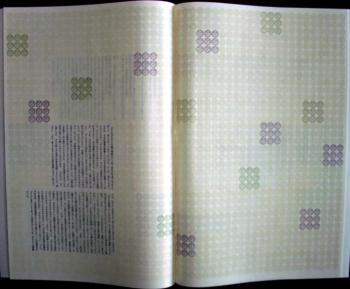
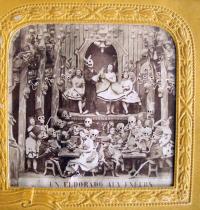
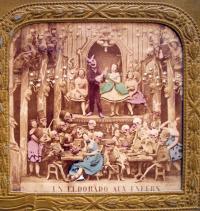
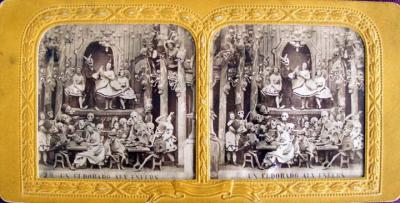
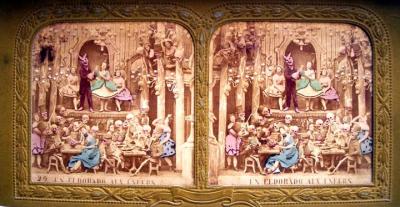
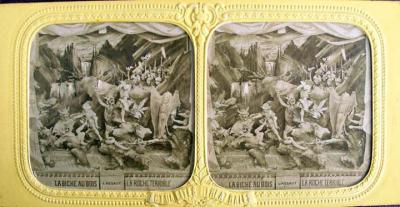
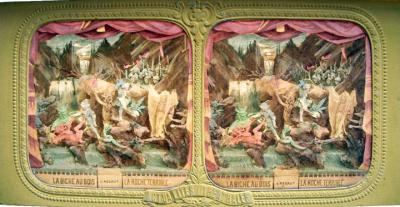

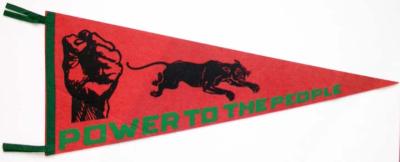
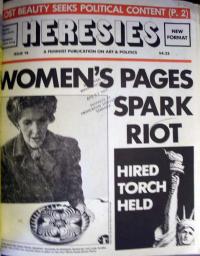
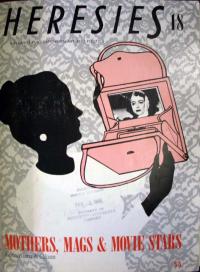
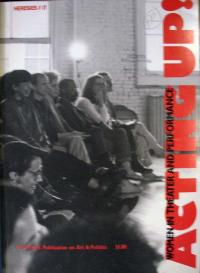
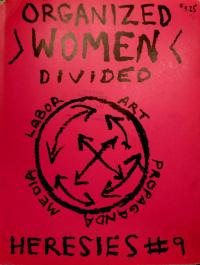
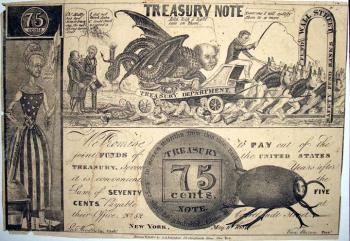
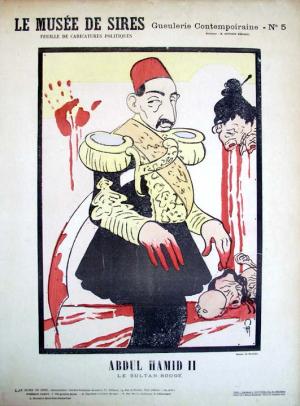
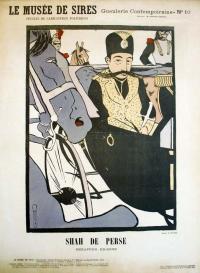
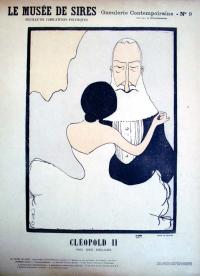
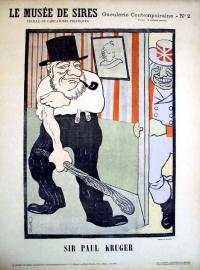
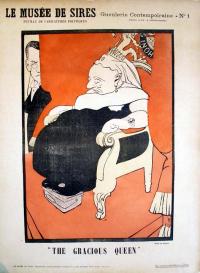
Recent Comments